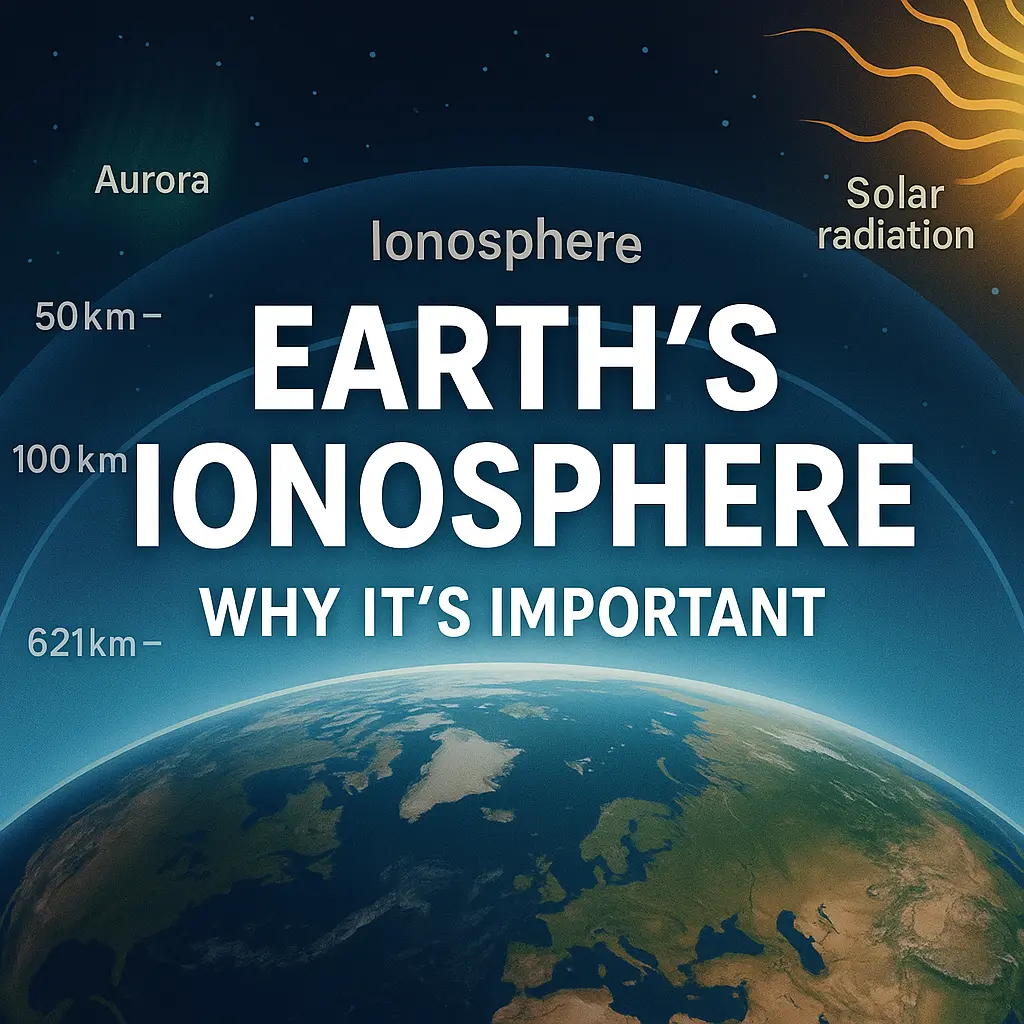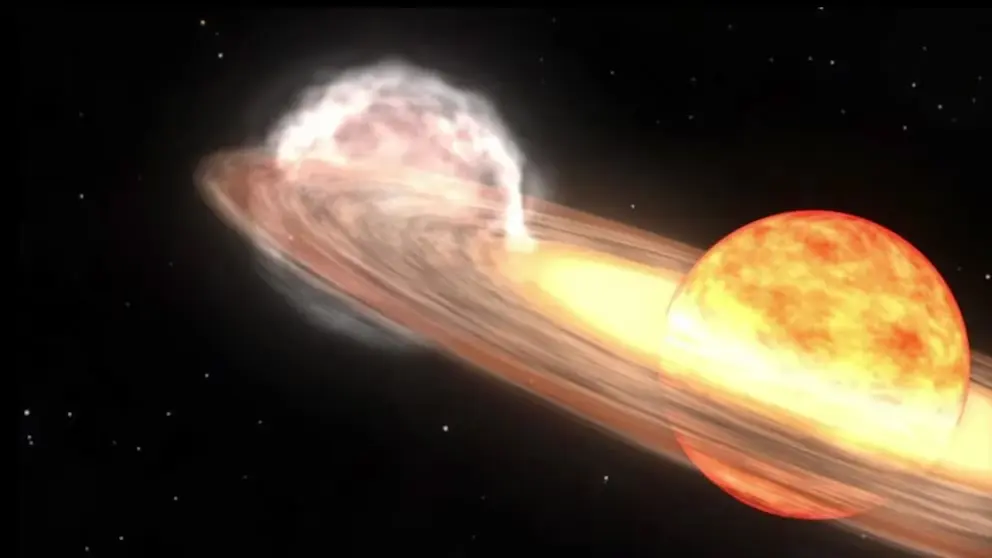The Earth’s ionosphere is a crucial layer of our atmosphere, playing an essential role in protecting life on Earth and facilitating global communications. Stretching from approximately 50 km (31 miles) to 1,000 km (621 miles) above Earth’s surface, the ionosphere is a region where solar and cosmic radiation ionizes atmospheric particles, creating a highly dynamic environment of charged particles.
What is the Ionosphere?
The ionosphere is part of the upper atmosphere, overlapping with the thermosphere, where ultraviolet (UV) and X-ray solar radiation strip electrons from atoms. This ionization process produces free electrons and ions, allowing the ionosphere to reflect or modify radio waves.
It consists of several layers—the D, E, and F regions—whose characteristics shift with solar activity, time of day, and atmospheric conditions.
Why the Ionosphere Matters
1. Radio Communication
The ionosphere reflects high-frequency (HF) radio waves back to Earth, enabling communication over vast distances. This reflection allows transcontinental radio transmission, particularly critical for aviation, maritime operations, and amateur radio.
2. GPS and Satellite Navigation
Variations in electron density can delay or distort GPS signals. Modern GPS systems incorporate ionospheric models to reduce positioning errors, especially during solar storms.
3. Shielding Earth
The ionosphere, in combination with Earth’s magnetosphere, acts as a barrier against high-energy solar and cosmic radiation. This protective layer helps preserve the planet’s atmosphere and shields life from harmful rays.
4. Auroras
Auroras occur when charged solar particles interact with gases in the ionosphere. These interactions release photons, producing the glowing displays of the Northern and Southern Lights.
Scientific Exploration of the Ionosphere
1. Historical Discovery
Radio operators in the 1920s noticed long-distance transmissions improved at night, leading to the discovery of ionized atmospheric layers. The Kennelly-Heaviside layer (E layer) was among the first to be identified.
2. Ionospheric Layers
- D Layer: Appears during the day; absorbs HF signals.
- E Layer: Reflects medium-range signals.
- F Layer: Exists both day and night; key to long-range communication.
3. Modern Research Tools
Scientists use ionosondes, incoherent scatter radars, and satellites to study the ionosphere. Missions like NASA’s ICON and the ESA’s Swarm provide detailed insights into ionospheric dynamics.
4. Space Weather
Solar events like coronal mass ejections can disrupt the ionosphere, affecting communications, navigation, and power grids. Predicting such disturbances is critical for safeguarding infrastructure.
Conclusion
The ionosphere is indispensable to modern life. From enabling global communication to shielding us from radiation, its influence is vast and multifaceted. Ongoing scientific missions continue to deepen our understanding and help us mitigate the risks of space weather. As our dependence on satellites and wireless technology grows, so does the importance of ionospheric science.




Hey there just wanted to give you a quick heads up.
The words in your post seem to be running off the screen in Safari.
I’m not sure if this is a format issue or something to do with internet browser compatibility but I
figured I’d post to let you know. The style and design look great though!
Hope you get the problem resolved soon. Many thanks
My web page – y2mate.co.za
thanks for telling! I’ve tried to fix it out, but if you want to try with chrome it would be great to compare and let me know! Thanks a lot
I used to feel guilty for taking time to care for myself, but 여성전용마사지 helped me understand that
self-care is not selfish—it’s essential for emotional balance and physical
health.